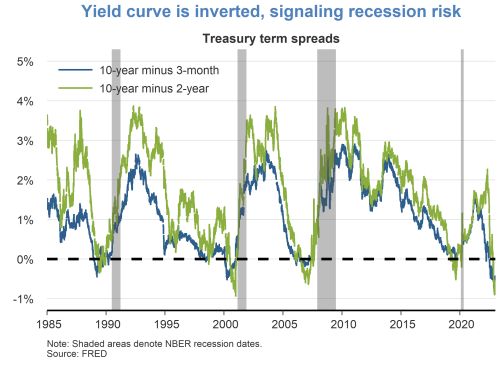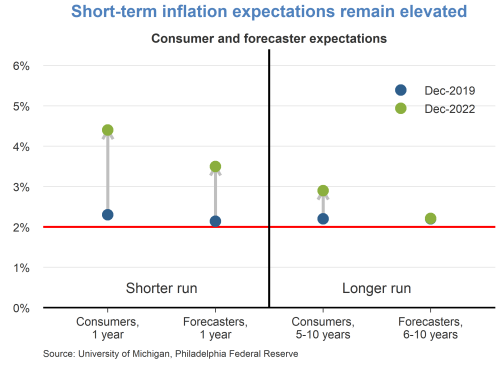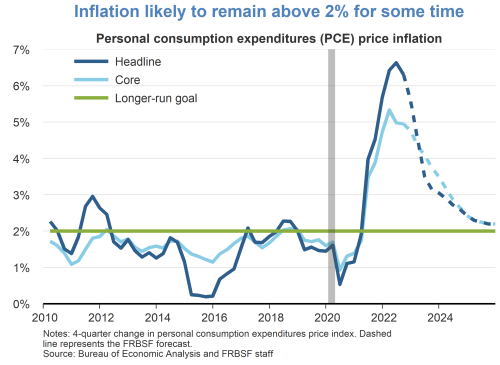[from the Federal Reserve Bank of Atlanta, by Chris Colson, payments expert]
When I was first introduced to computers, programming languages like COBOL, Fortran, and Pascal were standard. None of them were particularly user-friendly, especially for someone like me who isn’t a natural coder. Over time, new languages and tools appeared, making programming more accessible.
Today, we have low-code and no-code platforms [related YouTube video] that allow people with little to no coding experience to build apps. Just as programming has become easier, payments are becoming programmable, offering automation, simplicity, and flexibility.
Programmable payments are automated transactions that occur when specific conditions or events are met. Unlike traditional payment methods, which can rely on manual approvals or fixed schedules (think monthly software transactions), programmable payments offer a more dynamic approach. For instance, a programmable payment might only occur when a product is delivered or a service is completed.
Two key technologies power programmable payments: smart contracts and application programming interfaces (APIs). Smart contracts are self-executing digital agreements that run on blockchain and automatically release payments once specified conditions are met. APIs allow different systems to communicate, which enables the automation of payment processes across platforms. For example, a business might set up an API process that triggers a payment and then marks the invoice as “paid” in its accounting software.
The biggest advantage of programmable payments is automation. By automating transactions, businesses can eliminate repetitive tasks like payroll or vendor payments, reducing the time spent on manual processes while also minimizing the risk of human error. Automation can also help businesses save money, as they may no longer need intermediaries like banks or payment processors to facilitate transactions. Blockchain-based smart contracts can bypass the need for banks to verify payments, resulting in faster, cheaper transactions.
Transparency and security are other significant advantages, particularly when programmable payments are powered by blockchain. Each transaction is recorded on a decentralized ledger, providing a clear, auditable trail of activity. This can help reduce the risk of fraud and create a more secure system for managing payments.
The potential of programmable payments goes beyond automating individual transactions. For supply chain management, payments that are automatically triggered upon delivery of goods can reduce the need for manual verification, and thus improve operational efficiency. In decentralized finance, programmable payments can streamline processes like loan repayments and insurance payouts, improving speed and transparency.
As the Internet of Things expands, integrating programmable payments could allow devices to handle payments autonomously. Imagine a car that automatically pays for tolls or parking, or a smart refrigerator that orders and pays for groceries when supplies run low. The possibilities for real-time, automated payments between connected devices are enormous.
Despite all the potential, programmable payments face challenges. The technology—particularly blockchain-based systems—can be complex and requires specialized expertise, which can increase upfront costs for businesses. In addition, the regulatory environment around programmable payments is still evolving, especially for cross-border transactions. This creates uncertainty for businesses.
Much like low-code and no-code platforms make app development accessible to non-coders, programmable payments are moving toward a future with minimal human intervention. Both are about simplifying complex systems: low-code/no-code platforms hide the complexity of software development, while programmable payments automate financial processes with predefined logic.
Both point to a future where systems execute tasks on their own, based on rules set by users. The goal is simple: Once the conditions are established, the system handles the rest.
Programmable payments are reshaping the future of finance. It’s an exciting future that promises smarter and more streamlined and efficient financial operations.










